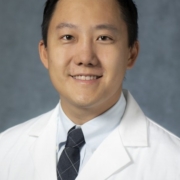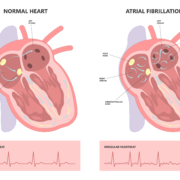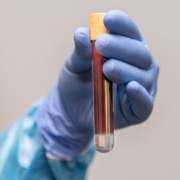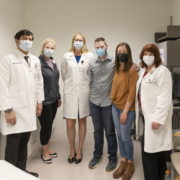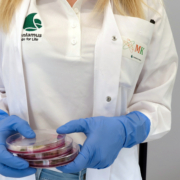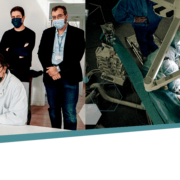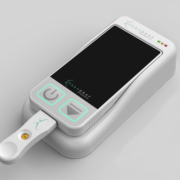Bio-Gate concludes another cooperation agreement with leading multinational implant manufacturer
Bio-Gate AG, a medical technology company that develops applications which use unique silver technology to help prevent infections, has concluded a contract with a leading multinational medical device manufacturer for the antimicrobial coating of orthopaedic implants in human medicine. As part of the cooperation and the joint project management, Bio-Gate is responsible for the application […]


